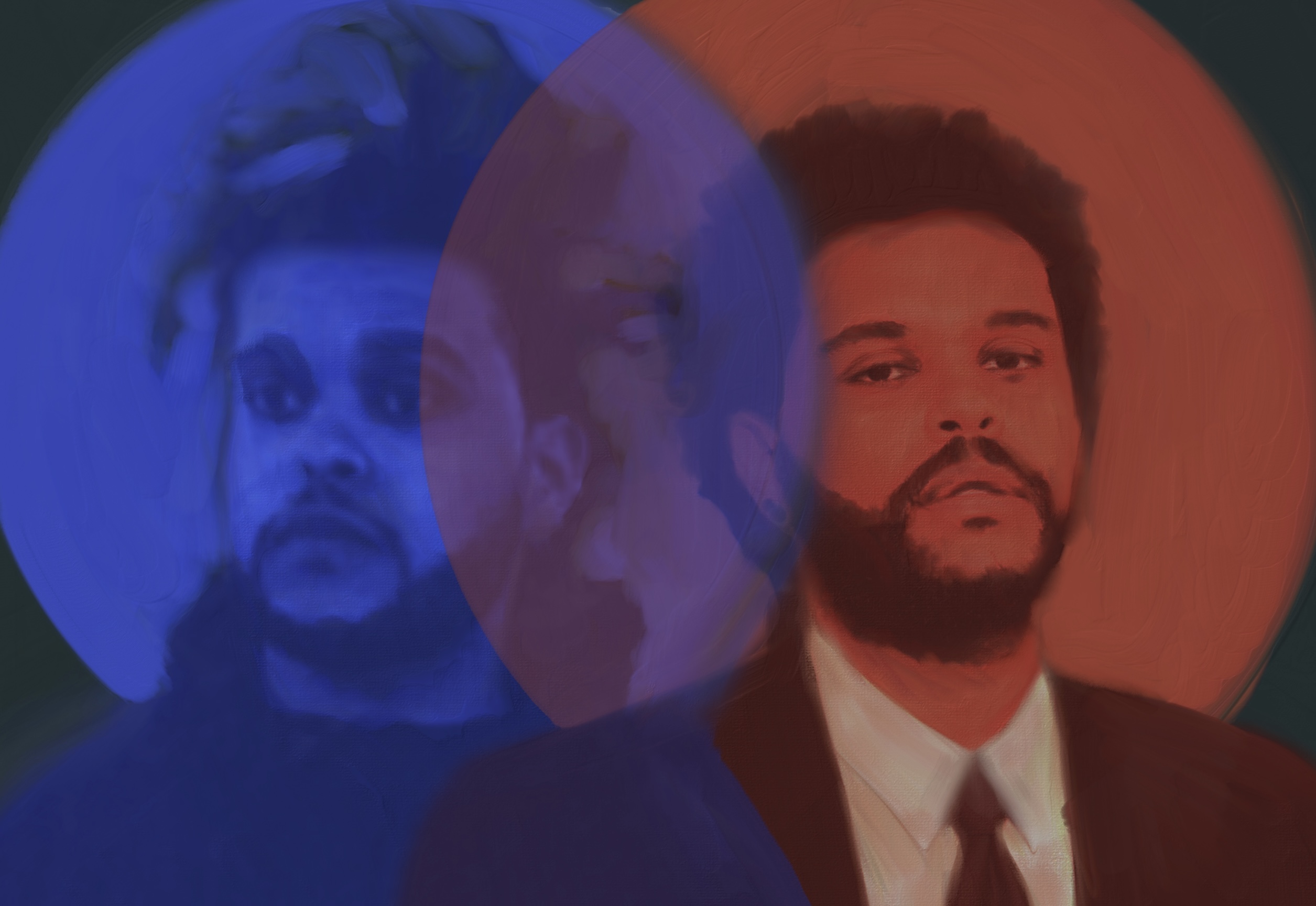The end of an era: Saying goodbye to the Weeknd
Reflecting on the career of the Weeknd, from being on the streets to becoming a global superstar.
With numerous hit songs and commercial achievements, the Weeknd is no doubt one of the most accomplished singers in the world. Ever since his debut, he has massively impacted R&B and pop, with several of his albums dominating the global charts. His latest album, Hurry Up Tomorrow, is the third installment of a trilogy following his previous two albums and is also supposedly his final album under his current moniker, as he intends to continue his career under a different persona.
The Weeknd, born Abel Tesfaye, began his career in 2009 when he started to anonymously post music on YouTube. During this time, he was homeless in Toronto and using drugs. In 2011, he released his first mixtape, House of Balloons, on his website, which immediately made waves in the media due to its dark aesthetic and the mystery behind his identity. This wave of alternative R&B continued with his debut album Kiss Land in 2013, which was moderately successful and had a lukewarm critical reception. Abel’s second album, Beauty Behind the Madness, shifted to pop and had greater success, yielding two number one singles as well as an Academy Award nomination. He then broke into the mainstream with his third album, Starboy, which was a massive success and whose title track became one of his biggest hits.
Tesfaye went on to reinvent himself with his fourth album, After Hours, which featured dream pop influences and produced his biggest hit yet, Blinding Lights, which remains the most streamed song on Spotify to this day with over four billion streams. In 2021, he performed the Superbowl Halftime Show. However, despite these huge achievements, After Hours was snubbed at the Grammys that year, much to the surprise of many. Afterwards, Tesfaye decided to stop submitting his work to the ceremony.
In early 2022, he released his fifth album, Dawn FM, which leaned towards synth-pop and featured a more ‘80s-inspired sound. Tesfaye later confirmed that these albums were part of a new trilogy, which would conclude with his latest release, Hurry Up Tomorrow. Each album symbolizes the act of dying, with After Hours representing his death, Dawn FM being a sort of purgatory, and Hurry Up Tomorrow representing the afterlife and his supposed rebirth.
Aside from his musical activities, Tesfaye is also largely involved in philanthropical activities. In 2014, he donated a sum of $50,000 to the University of Toronto to fund a course on Ge’ez, the classic language of his home country Ethiopia. He also donated to multiple other organizations, such as the Black Lives Matter Global Network and the Scarborough Health Network. In 2021, Tesfaye was appointed a World Food Programme goodwill ambassador and was also among the number of celebrities who expressed solidarity with those who died in the Palestine crisis, donating over $2 million to Gaza to help feed starving families.
Throughout Hurry Up Tomorrow, Tesfaye sings about much of his personal life. Each track seamlessly transitions into each other, causing the album to feel more like a cinematic experience. The final titular track on the album transitions into “High For This” on House of Balloons, symbolizing that, while Tesfaye might be free, the Weeknd is a constant cycle of drugs and partying. While he will continue to make music, Tesfaye believes there is simply nothing else left for the Weeknd to do, stating that he has said what he had to say and “just wants to know what comes after.”
So regardless of what’s next for the acclaimed musician, one thing is for certain: Tesfaye’s story is far from over. Whether as the Weeknd or not, audiences can expect future endeavours to only add to the legacy he has built.


Crazy to write this and NOT mention Drake. lol the weeknd is over, his own doing.